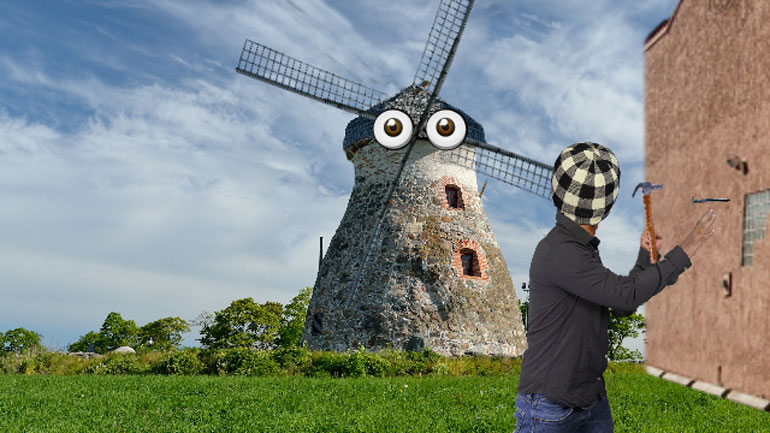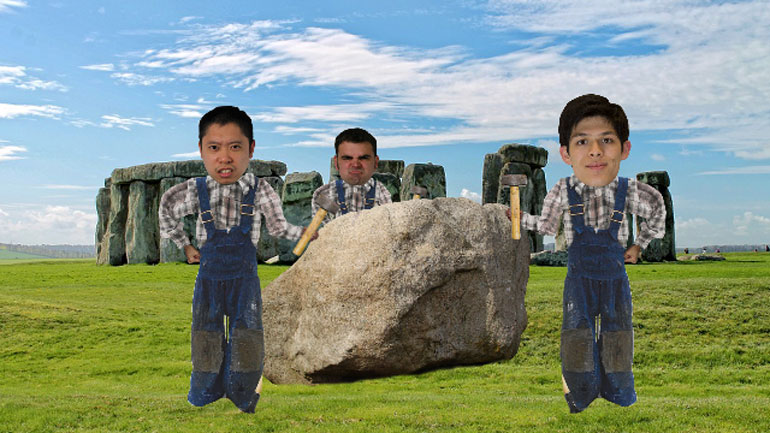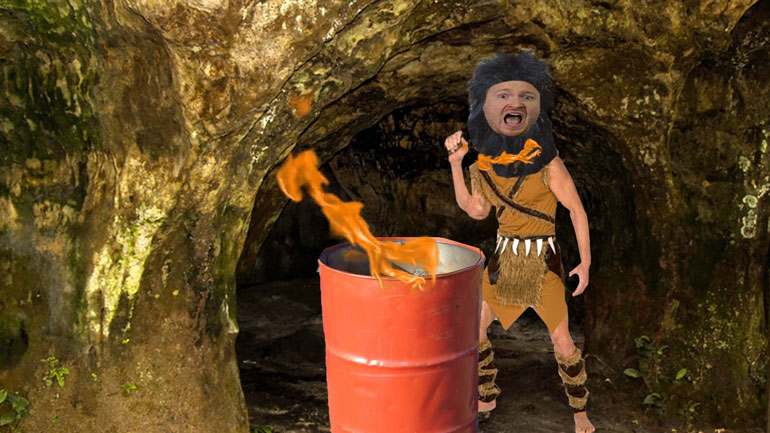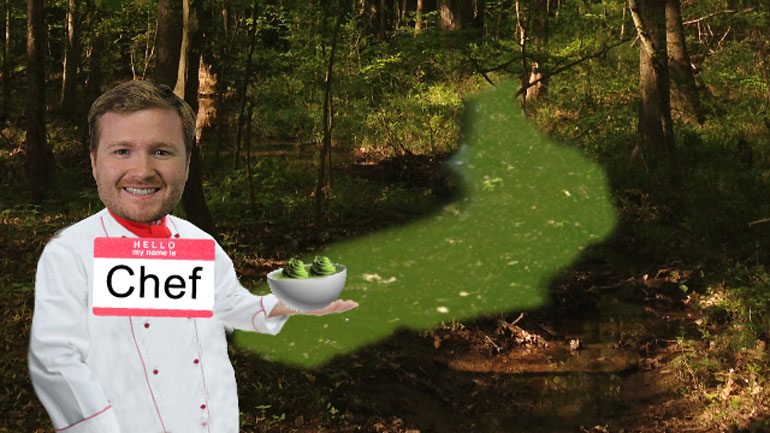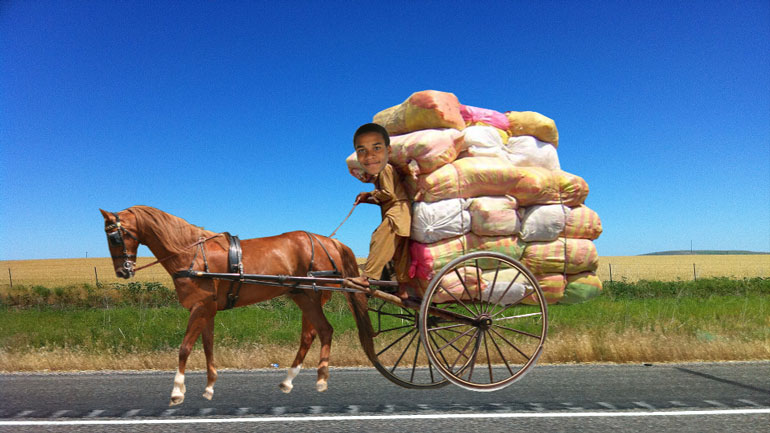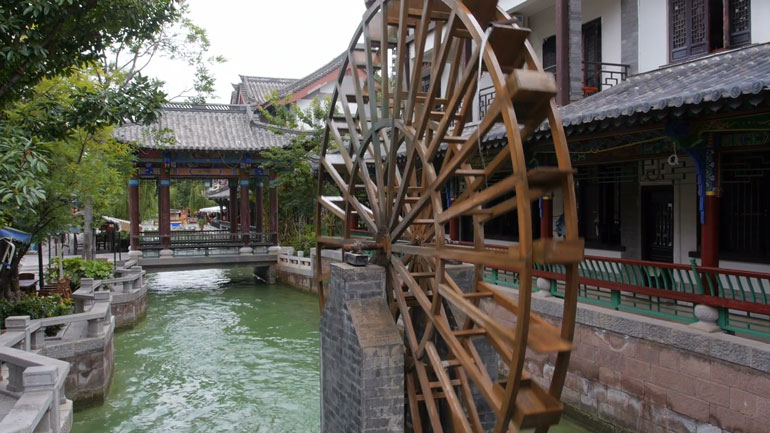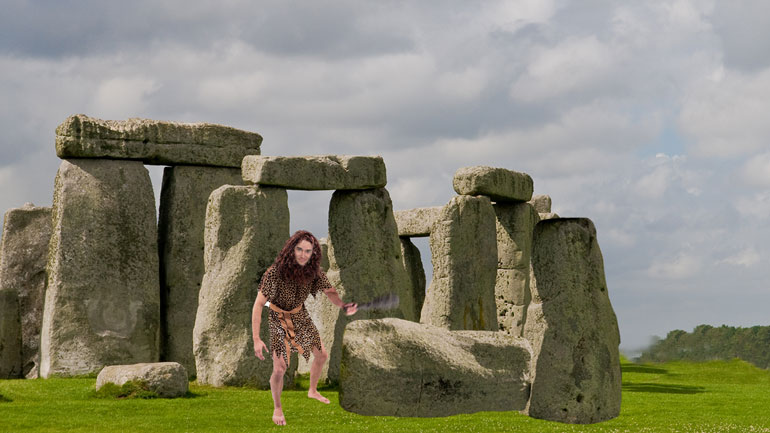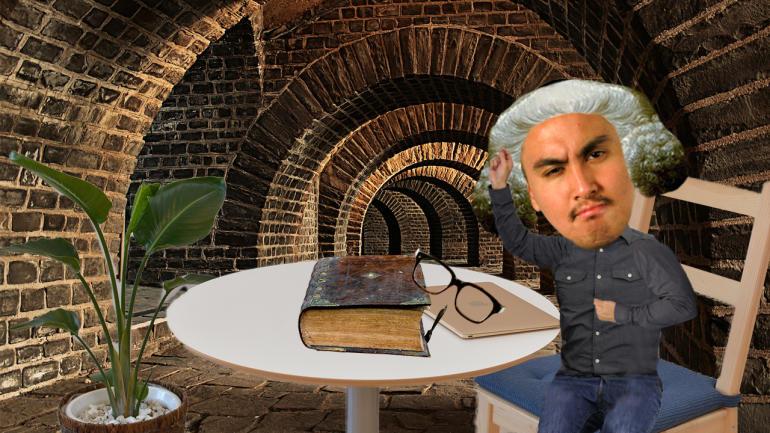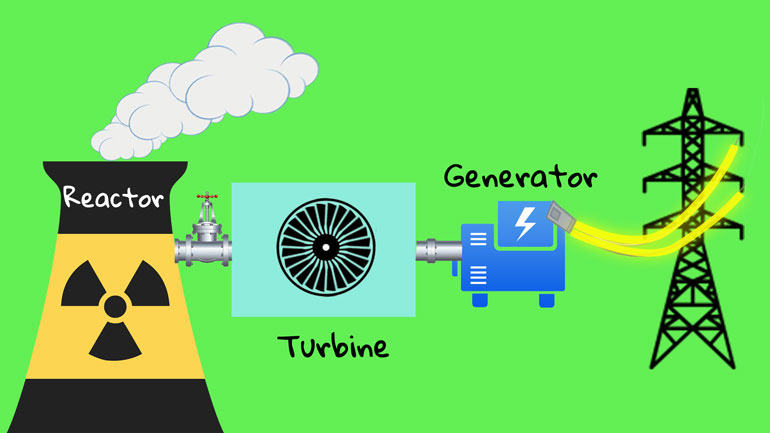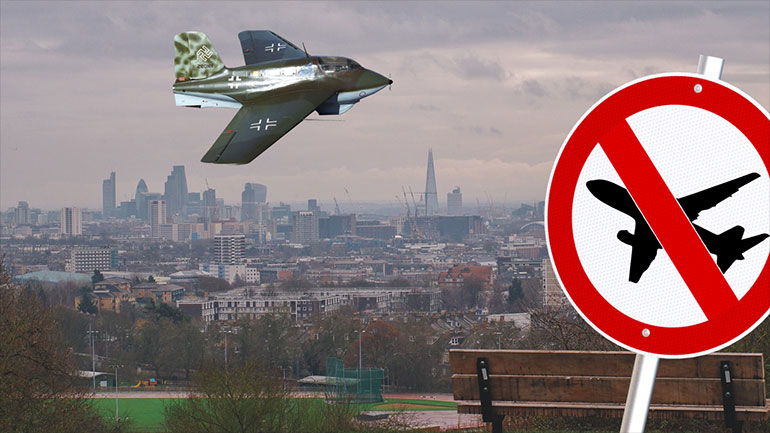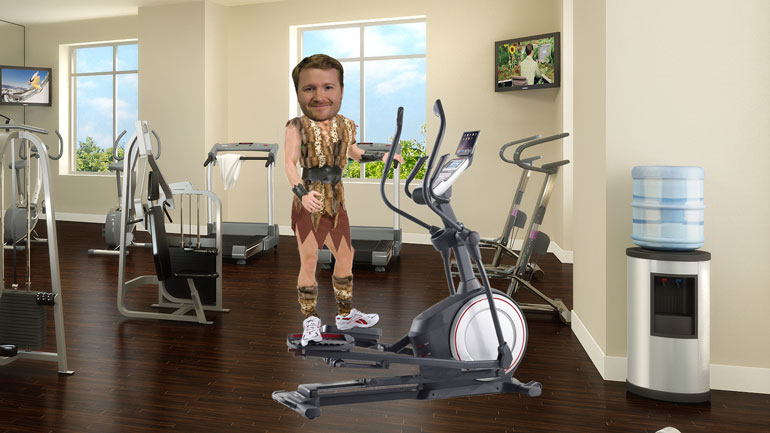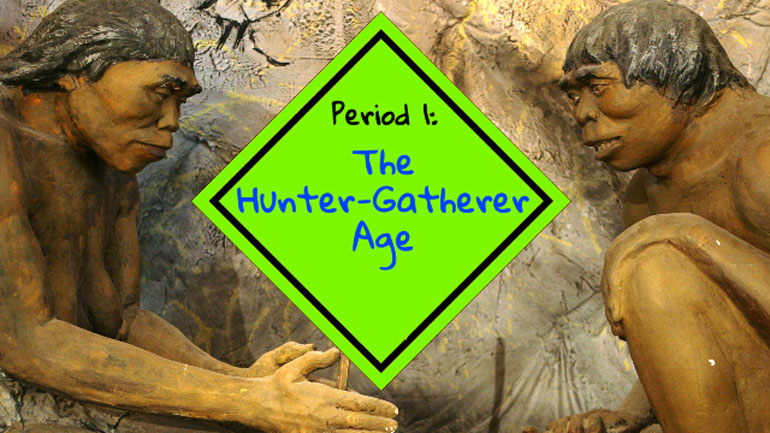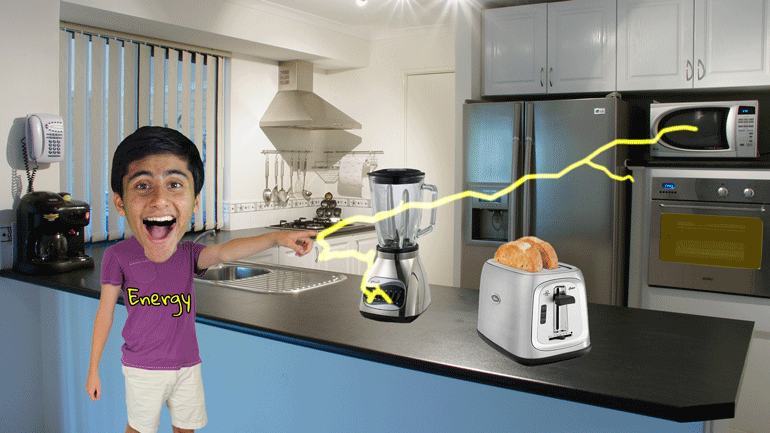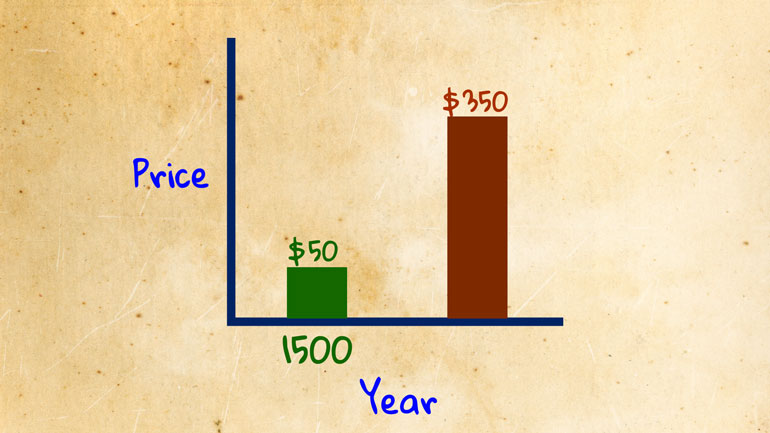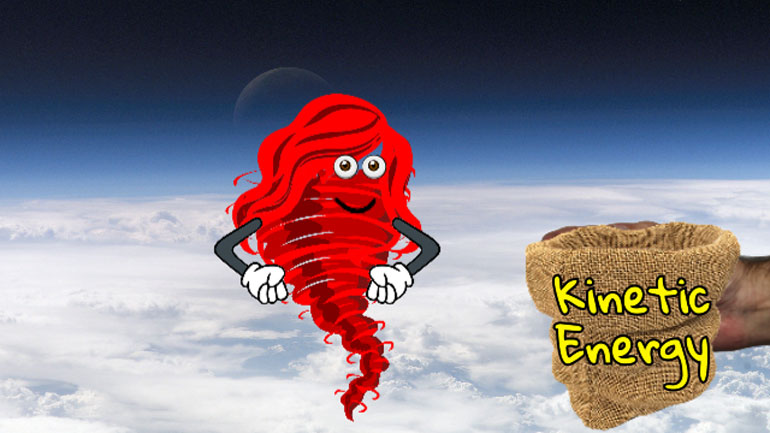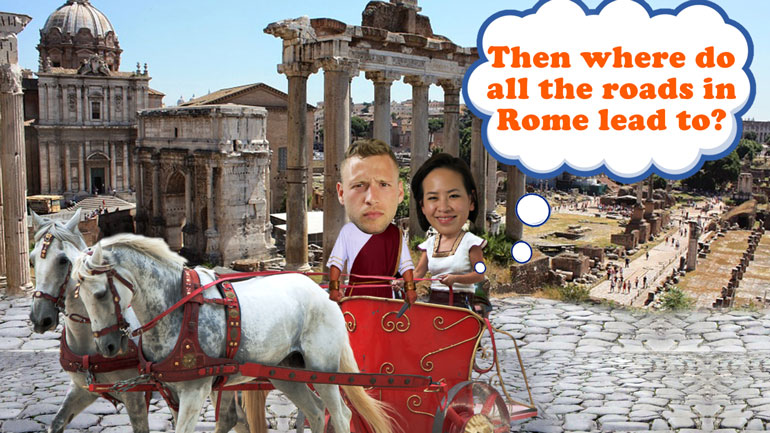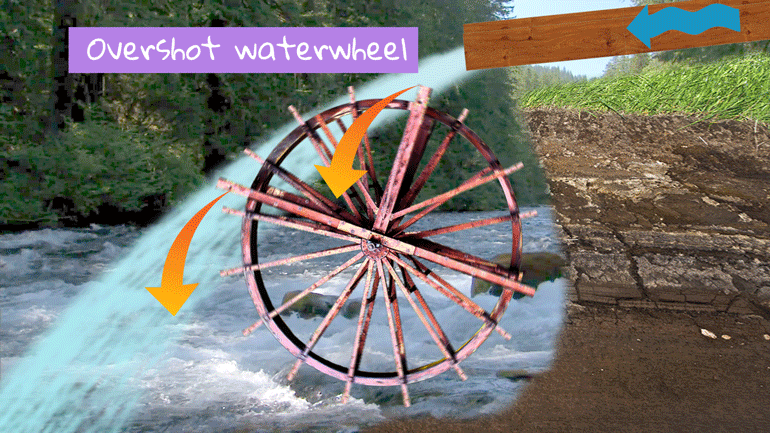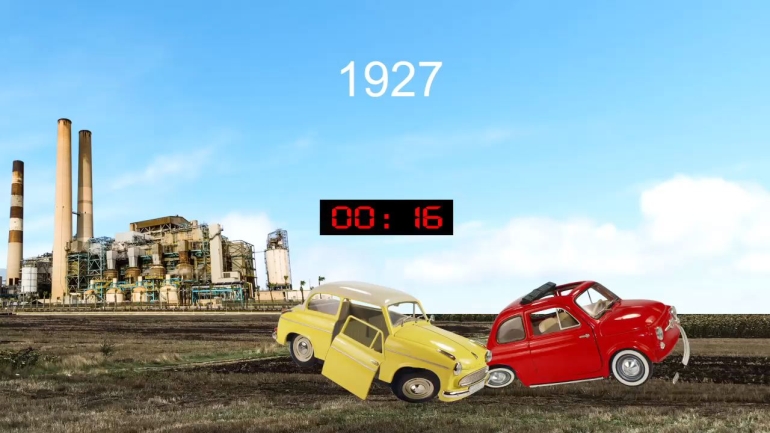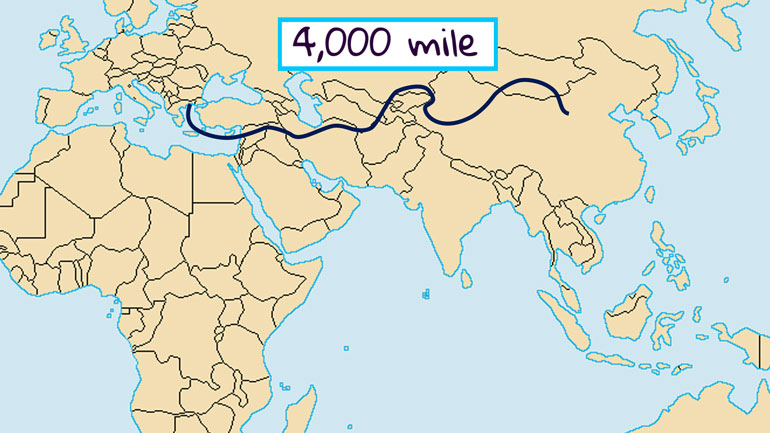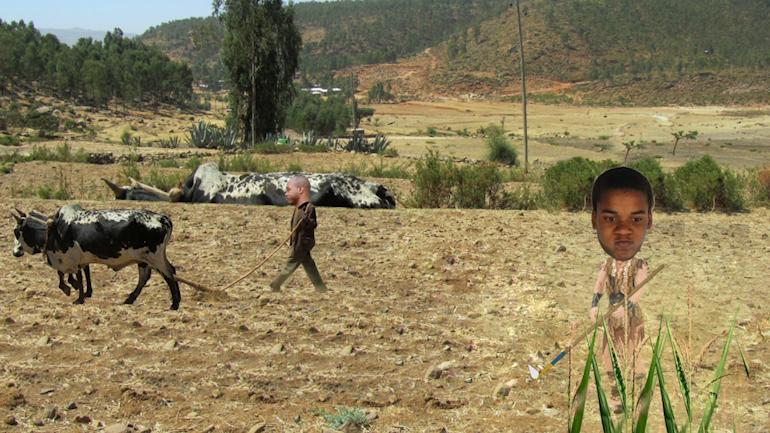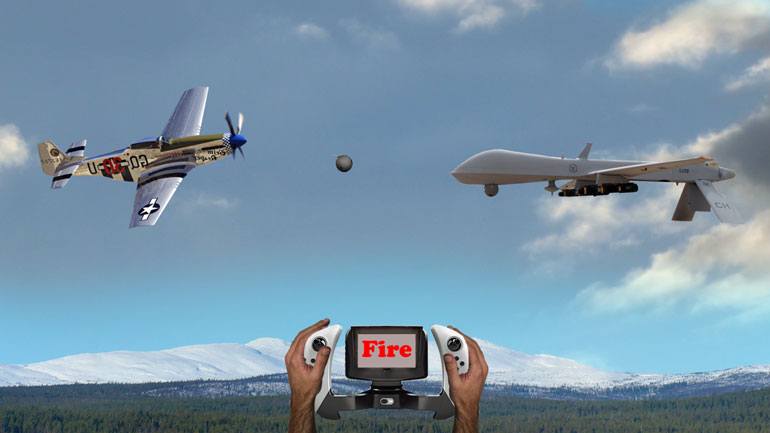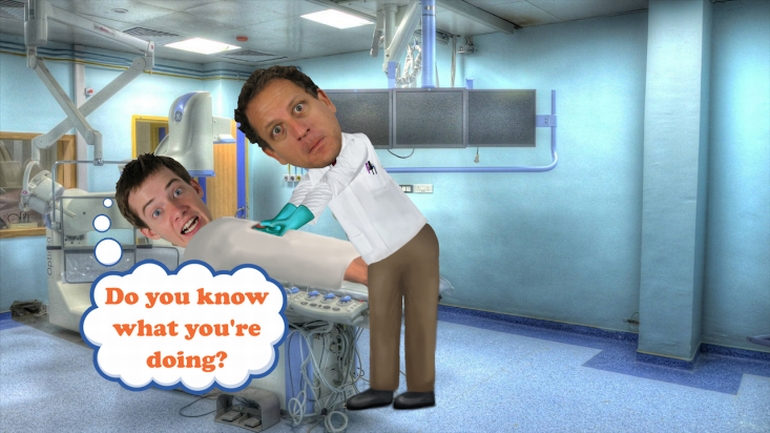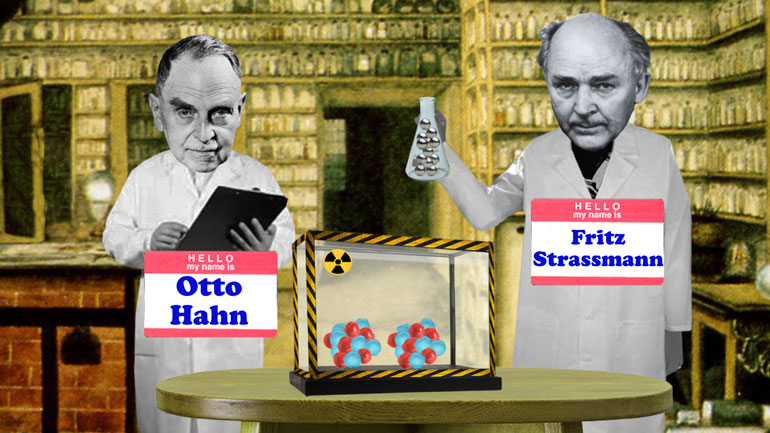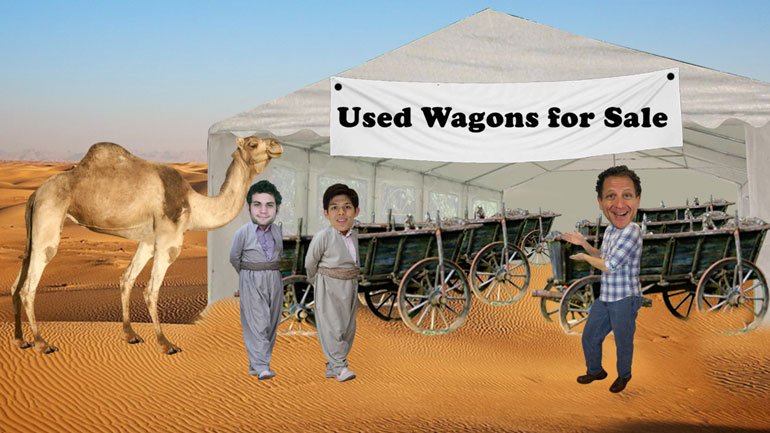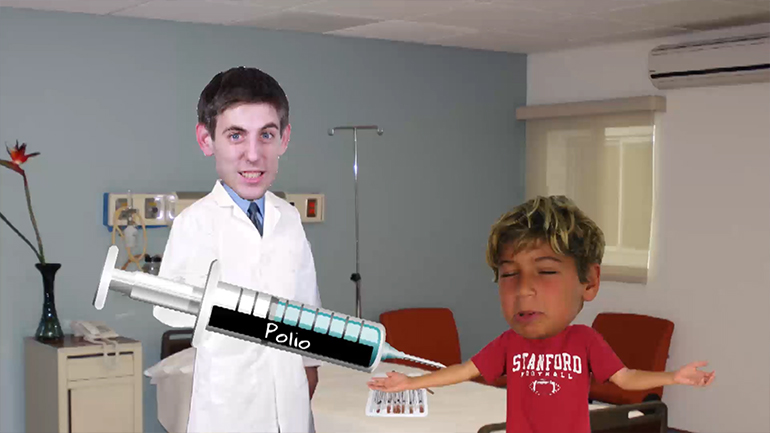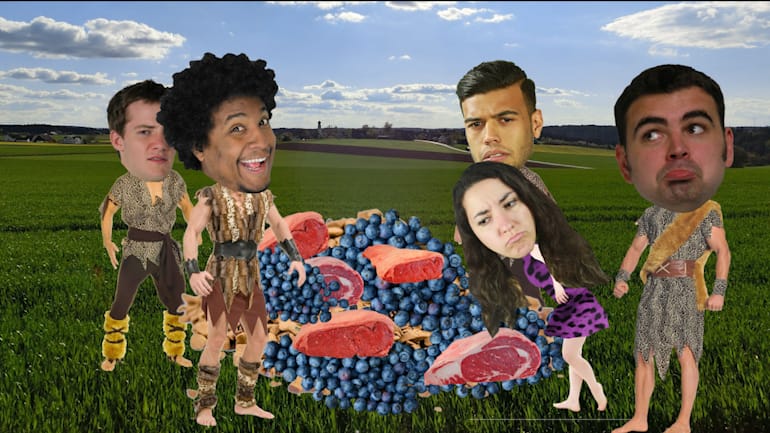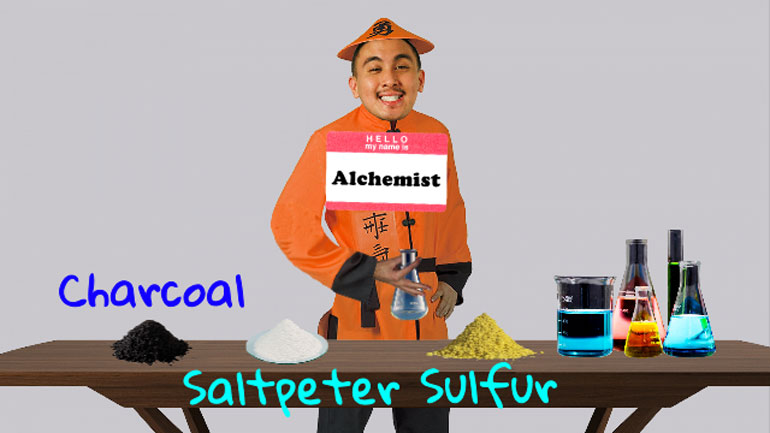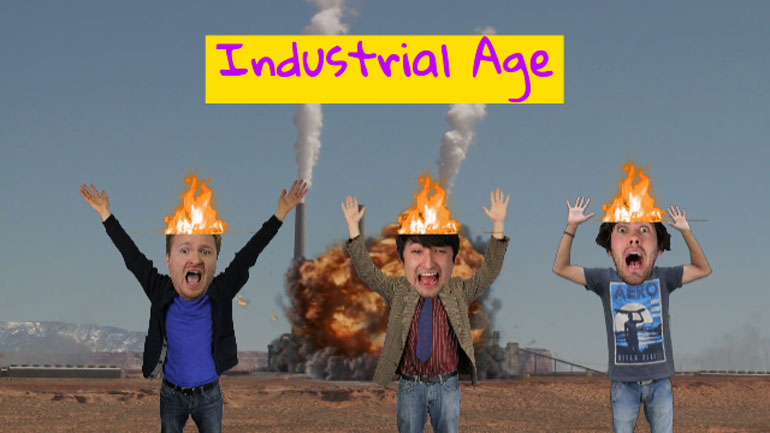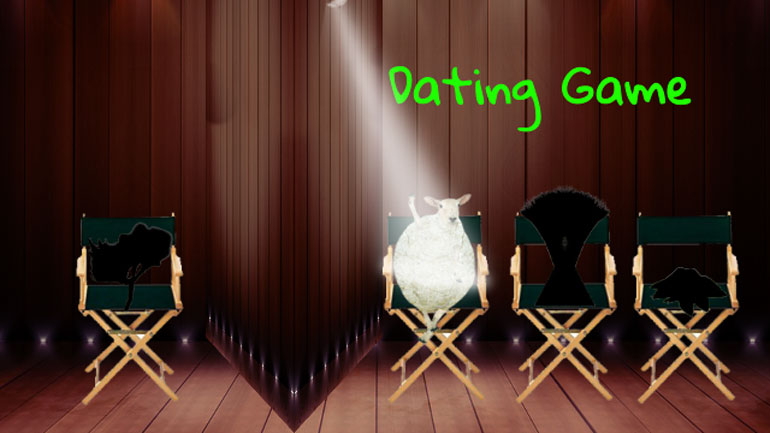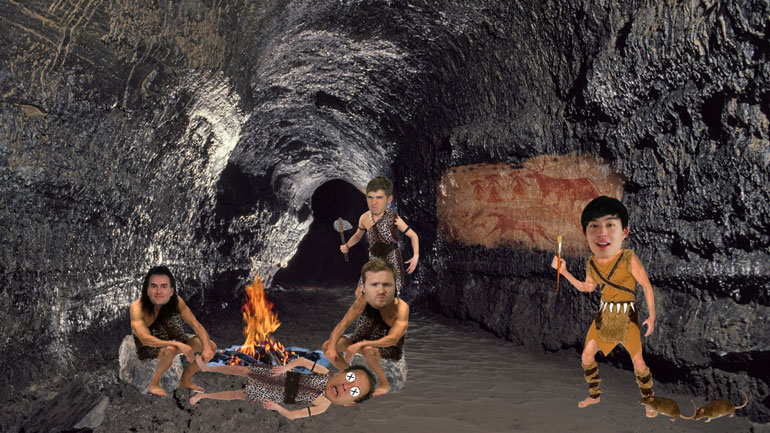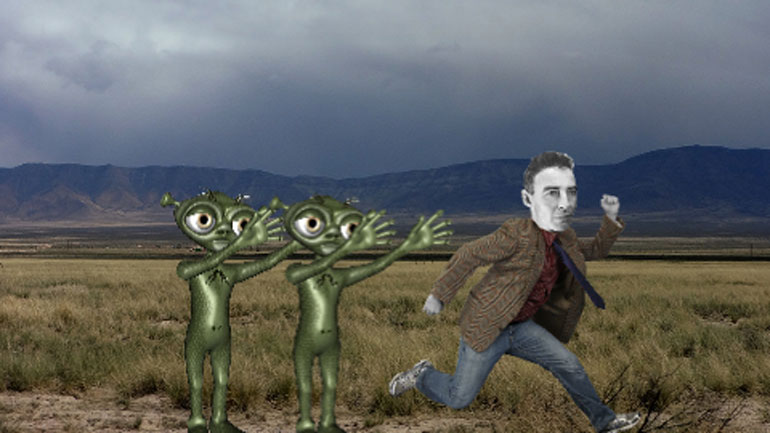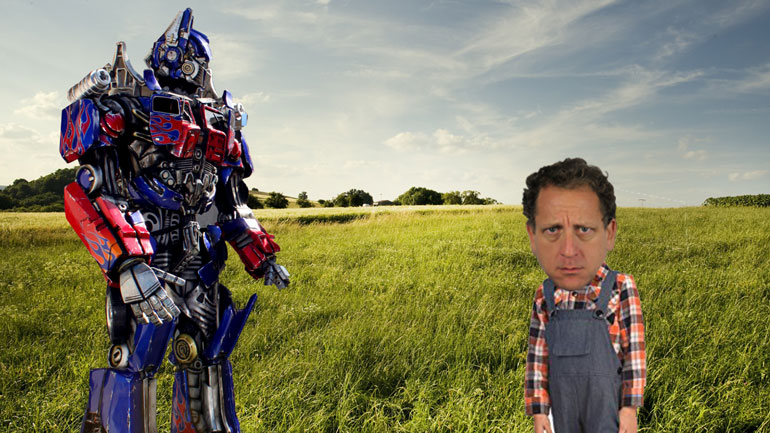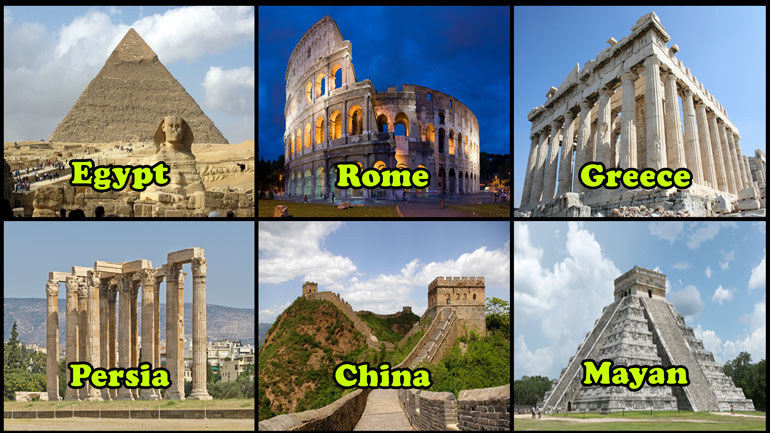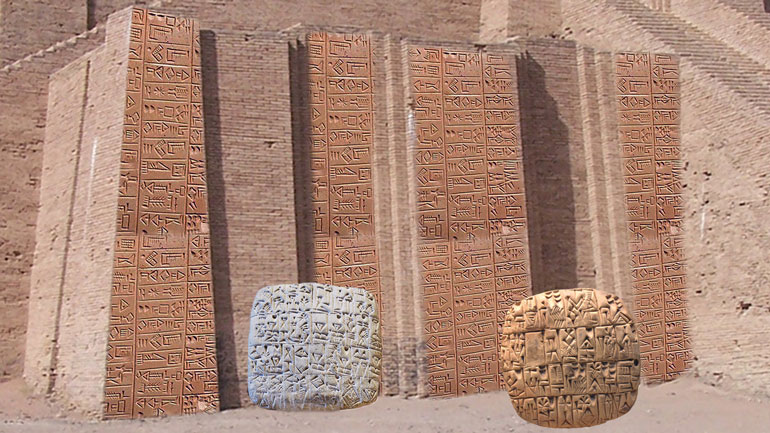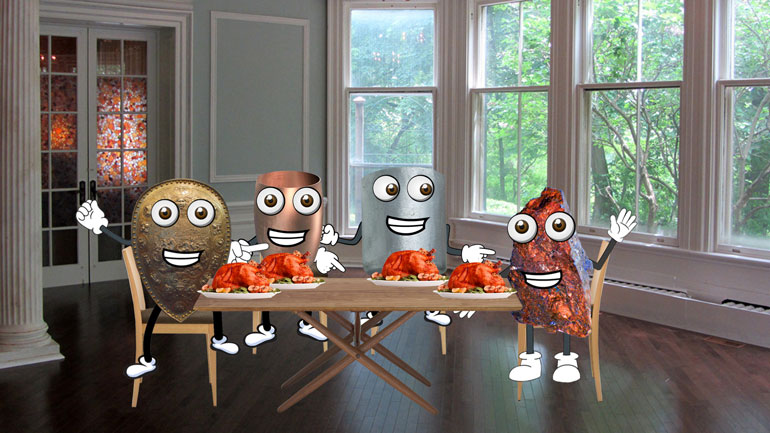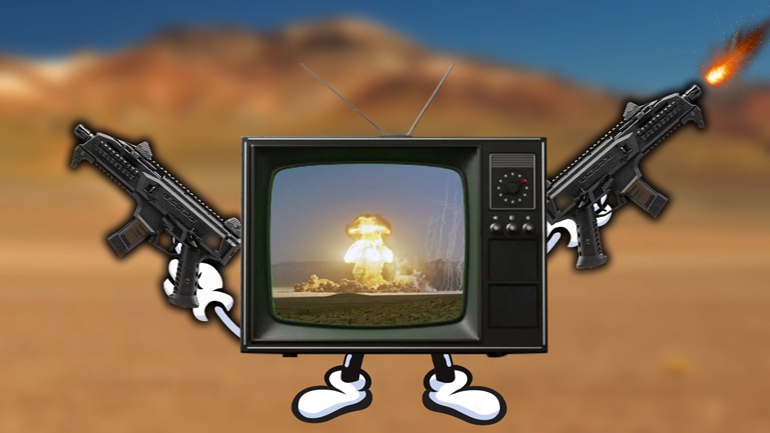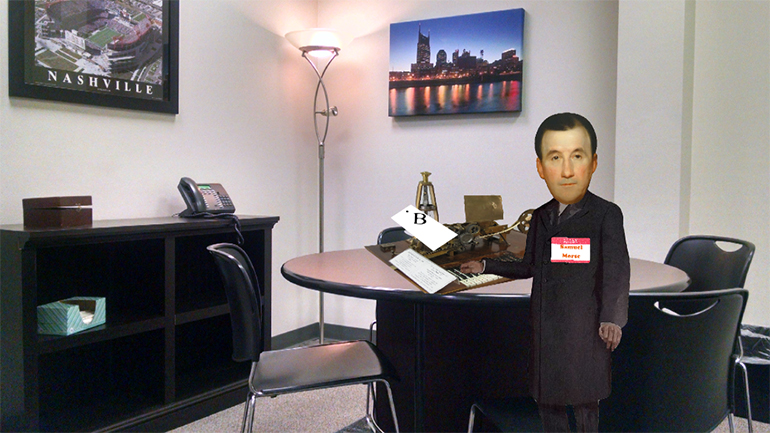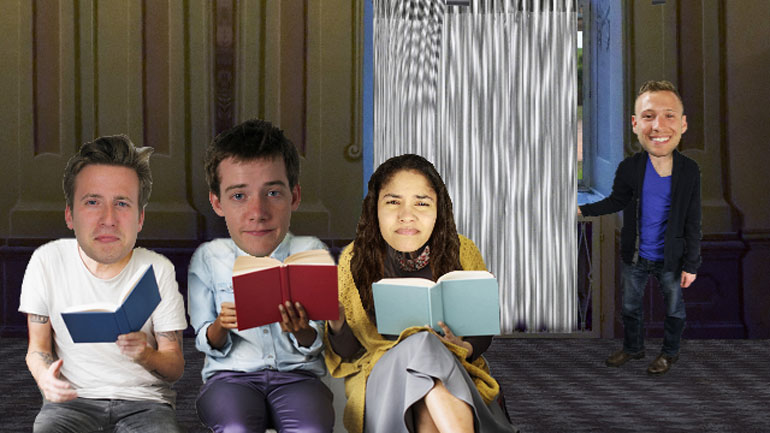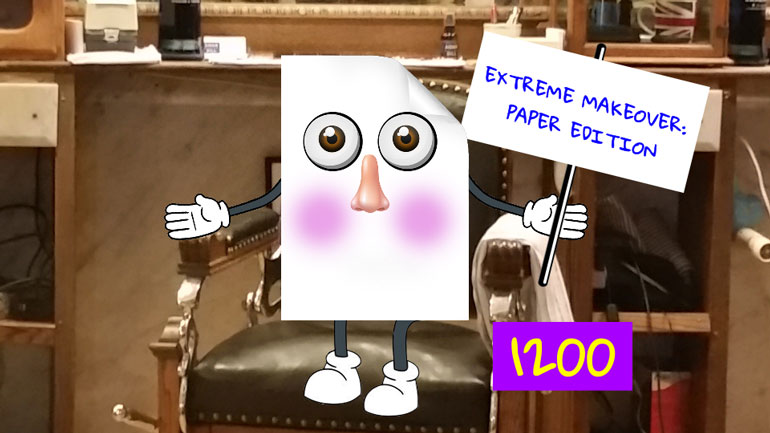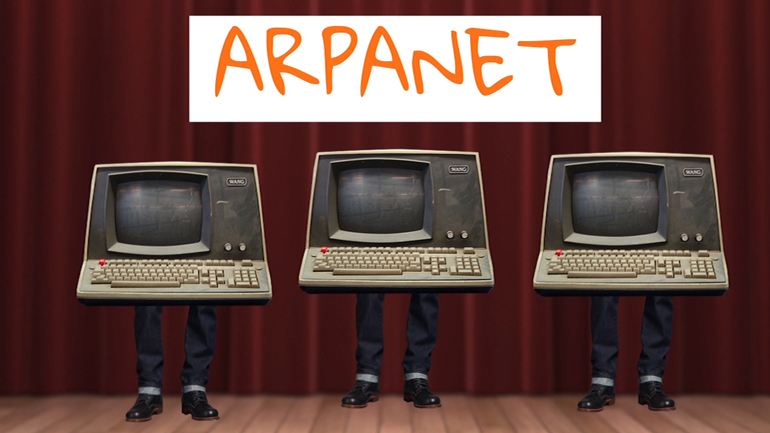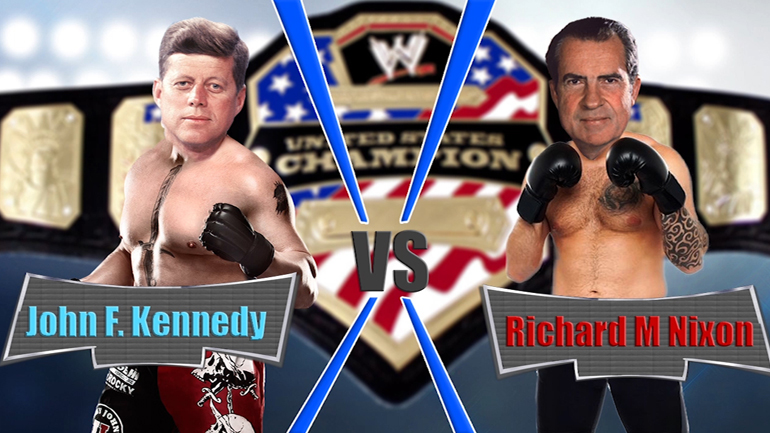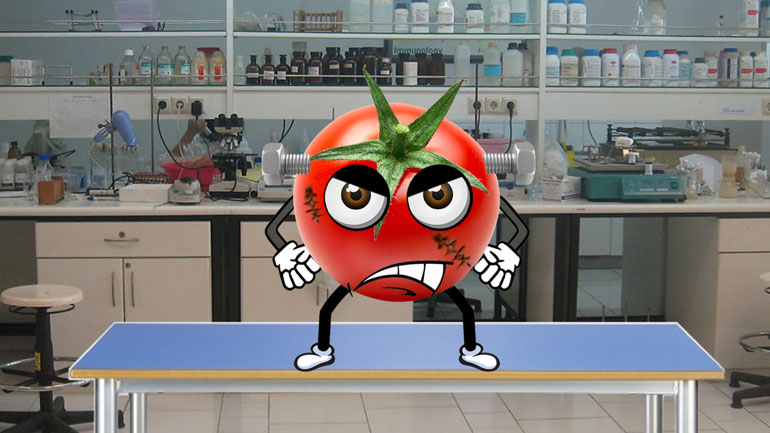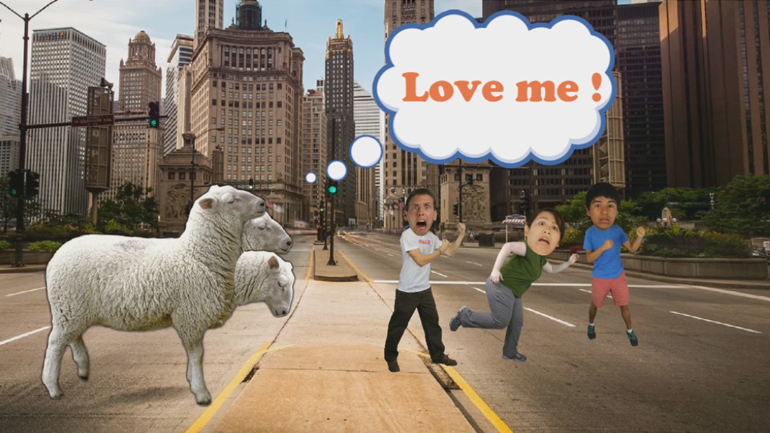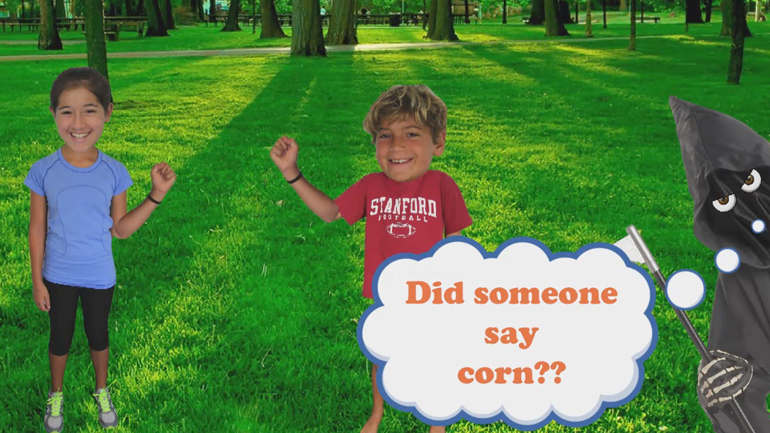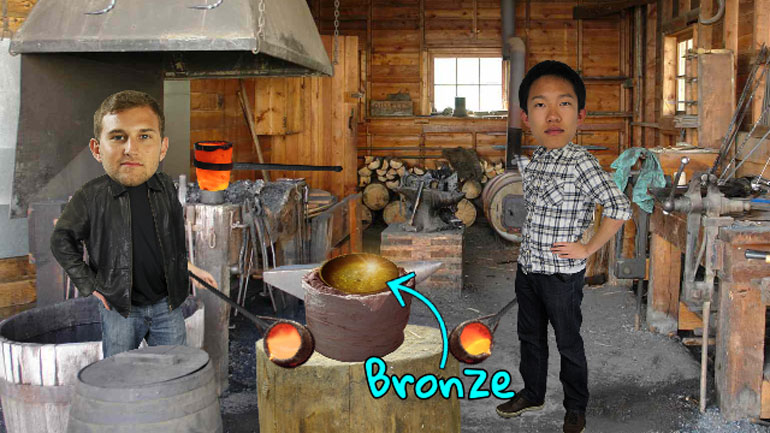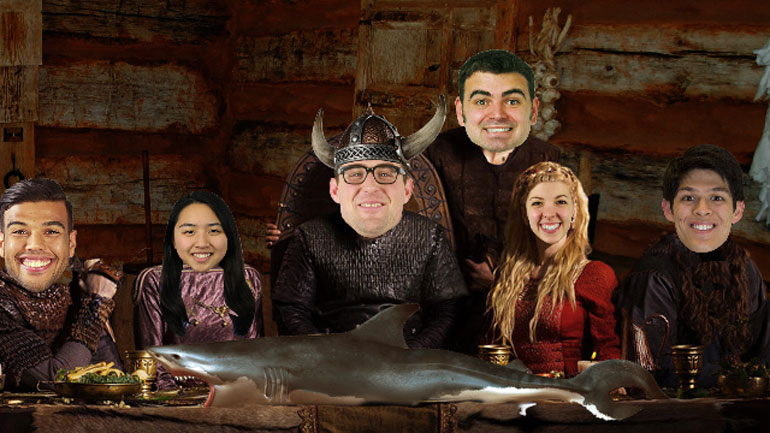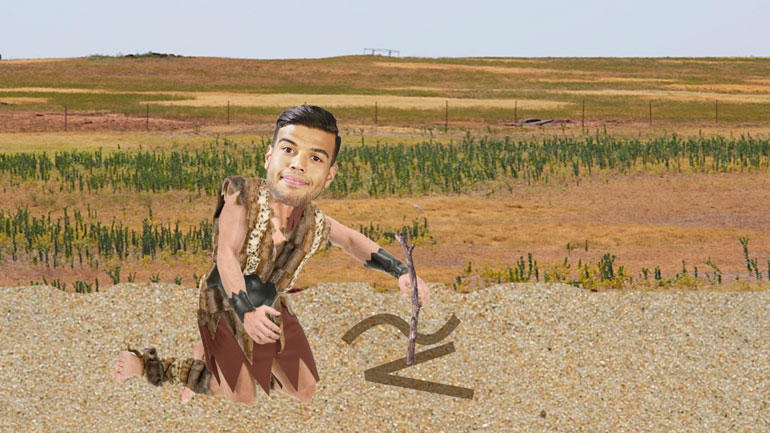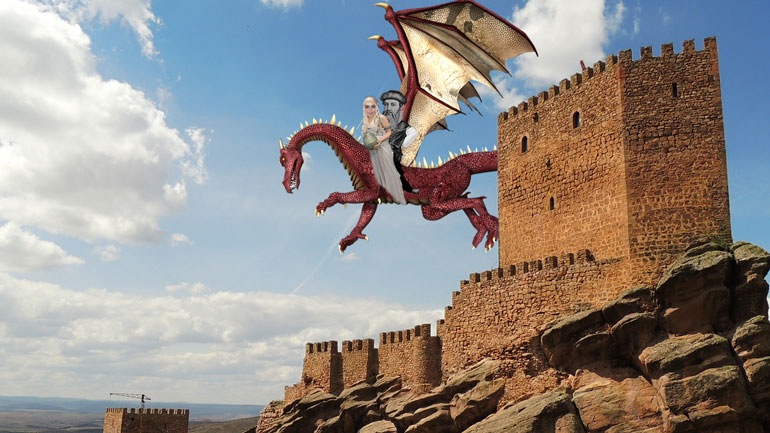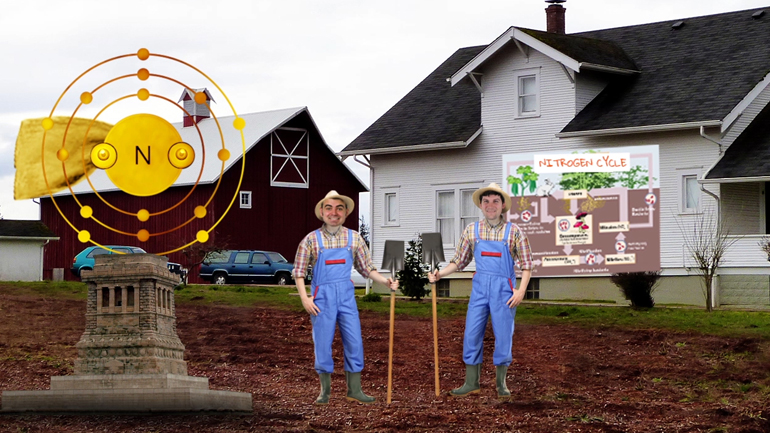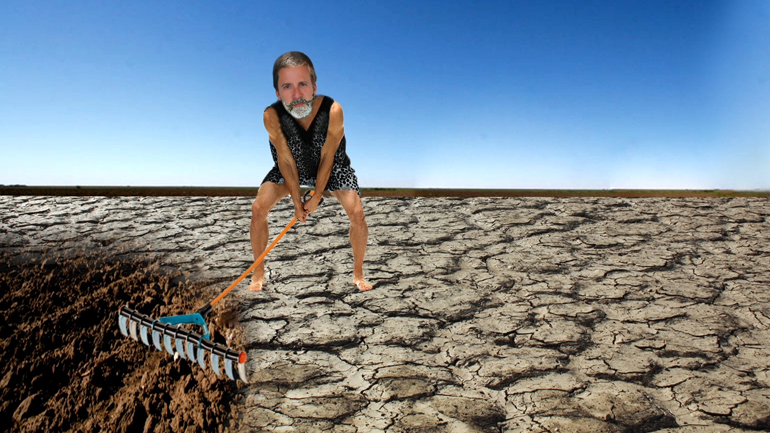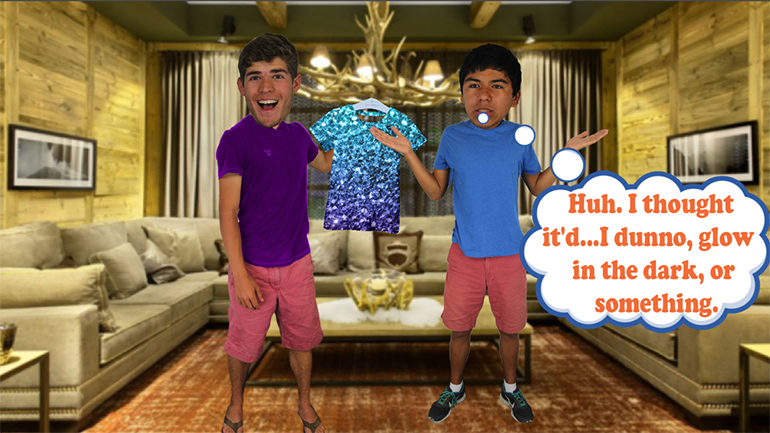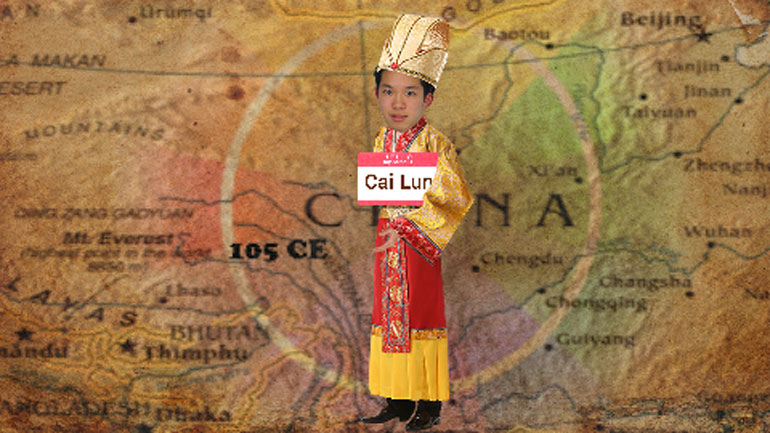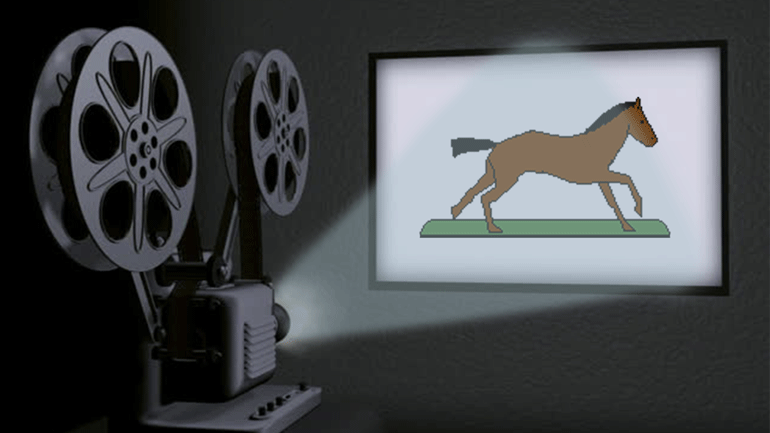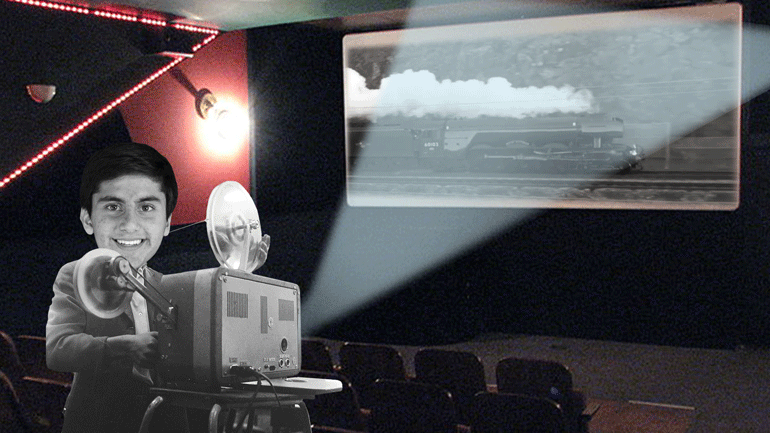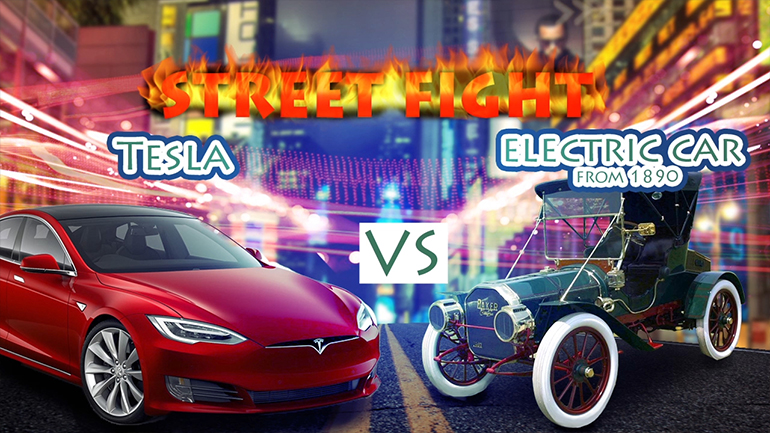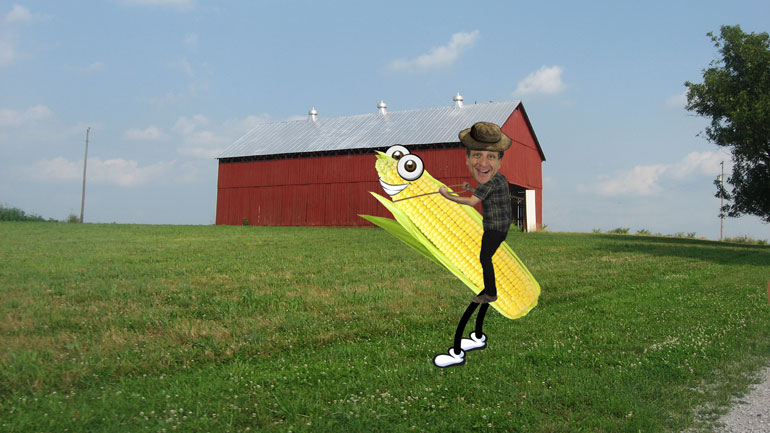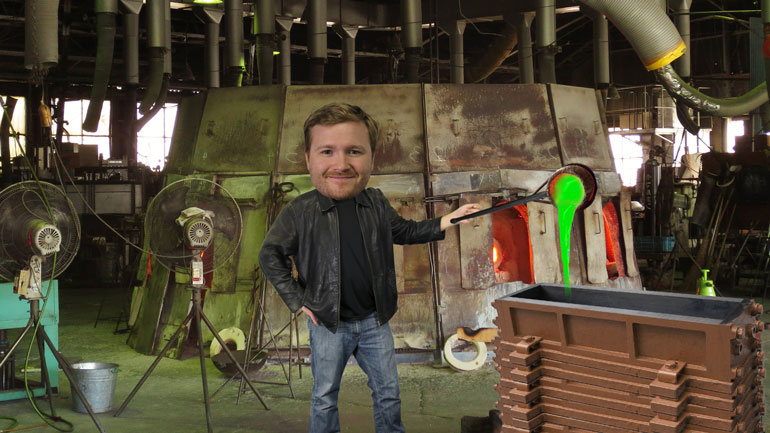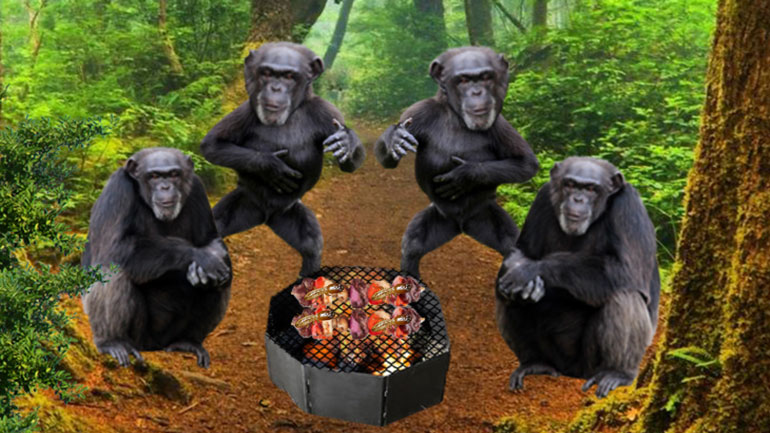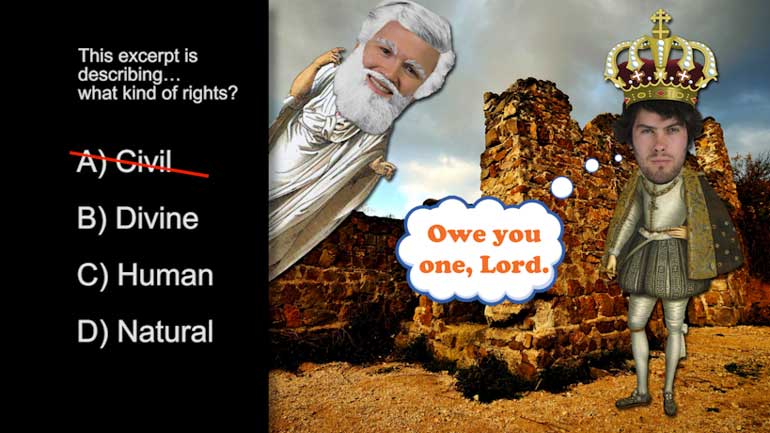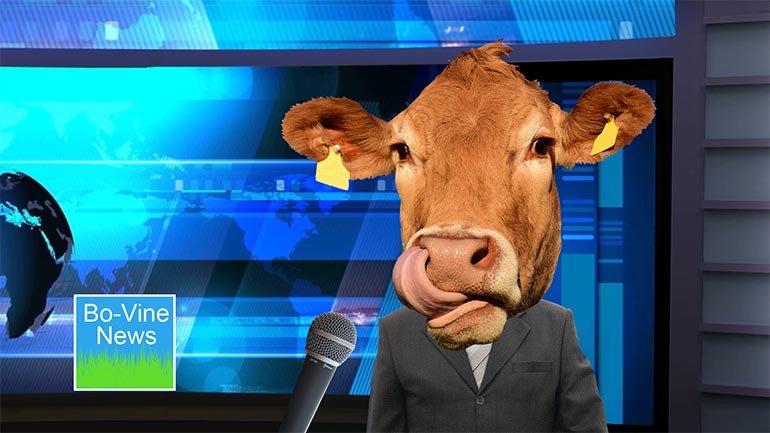ShmoopTube
Where Monty Python meets your 10th grade teacher.
Search Thousands of Shmoop Videos
History of Technology Videos 160 videos
What's the deal with wind? And why does it have to be so...windy?
How did people move stuff around before the wheel was invented? More importantly, why didn't they take a break for a few minutes from moving stuff...
History of Technology 1: Energy Sources 75 Views
Share It!
Description:
Here comes the sun, doo doo doo doo… Seriously, it gives us energy so we don’t die. We’re hoping it keeps on coming.
Transcript
- 00:03
The earth is almost a closed system in terms of energy science. [wire connects planets]
- 00:08
Except for some space junk and asteroids, barely anything affects the energy level [alien hovers near Earth]
- 00:13
of the earth. There's one teeny tiny exception, of course: energy from the Sun. [Sun pictured]
- 00:18
Well, the Sun is actually a reactor that generates nuclear energy 24x7. Well
- 00:24
some of that energy reaches the Earth in the form of light, heat, and radiation. [energy moves to earth]
Full Transcript
- 00:27
Think about it: The Sun releases energy in every direction, only a small portion [energy from sun pictured]
- 00:32
hits us, but that amount is enough to power our entire planet. For the longest
- 00:38
time, solar power was the only power. The first squiggly little bacterium on the [person puts out solar panels]
- 00:43
planet lived by converting sunlight into energy. Well today, all life on the planet [plants convert sunlight]
- 00:47
either converts sunlight to energy directly, like plants, or eats stuff that
- 00:52
does, like animals. Even if we weren't aware of it at the time, most of our [deer eats plant]
- 00:56
technological history has been devoted to accessing the sun's energy more [people discuss invention]
- 01:00
efficiently. The sun's heat causes the wind, which powers our windmills, right? [windmills pictured]
- 01:05
Coal is just condensed dead trees which stored up sunlight for hundreds of years
- 01:10
before shrinking into little black nubs. Oh, and fossil fuels like oil are [coal pictured]
- 01:16
basically jellified animals from millions of years ago. And yeah, animal [animal jelly]
- 01:21
jelly isn't the prettiest picture or even in the running for top 10 [animal jelly in museum]
- 01:24
prettiest pictures, but hopefully the bigger picture is becoming clear. All the
- 01:28
energy we can access here on earth came from the Sun if we trace it back far [energy storytelling]
- 01:32
enough. So, let's take a second to see how humans have gotten at the sun's energy
- 01:36
over time. Well, back in the hunter-gatherer age, it was mostly about [man lassoes energy]
- 01:40
eating. Nope, humans didn't directly eat sunlight, though that would have saved us [person eats light]
- 01:45
a lot of trouble. But plants captured the sun's energy, and humans ate plants, along [energy cycle shown]
- 01:50
with animals that ate plants, or animals that ate other animals, which probably ate
- 01:55
plants, which basically ate sunlight. Well, hunter-gatherers took the energy they
- 02:00
got from eating and used it to do all their hunter-gathering hobbies, which of
- 02:04
course mostly consisted of hunting, gathering, and the occasional public art [cave person in museum]
- 02:09
project. Another big source of energy for hunter-gatherers became fire. [person lights fire]
- 02:13
Early fire use let us burn up stored solar energy when and where we needed it.
- 02:18
Mostly, this was for heat, light, and cooking. When we move on to the
- 02:22
agricultural craftsman age, we find humans using both wind and water energy. [wind and water energy pictured]
- 02:28
Windmills and watermills tap the energy of, yes, you guessed it, moving wind
- 02:33
and water to save humans some sweat. Well, later the agricultural craftspeople
- 02:38
added coal and coke. Coal wasn't a very big deal before the steam engine, but it [coal and coke pictured]
- 02:44
was useful as a kind of super-condensed firewood. Coke was a refined coal which
- 02:49
burned even hotter and powered furnaces to make iron. It also tasted terrible with
- 02:54
burgers and fries. Once the Industrial Age hit, it was all about steam. Steam [person bites into coke]
- 02:59
engines relied on heating up water and using the resulting steam to move gears
- 03:03
and pistons. Well, at first they were just fancy water pumps, but steam engines were [steam engines pictured]
- 03:08
in everything from trains to factories before long. Steam power could be
- 03:12
used to turn a turbine and produce electricity. Well, like steam, electricity [steam engine diagram]
- 03:17
started out small but eventually pervaded everyday life. Fossil fuels
- 03:21
like petroleum, natural gas, and coal became really useful with the invention
- 03:25
of the internal combustion engine. Most notably, the fossil fuels revolutionized [engine pictured]
- 03:30
transportation. They're in cars, planes, and in cocktails at automaton bars. And once [robot drinks]
- 03:36
we hit the post-industrial age, things so nuclear. Nuclear power is our first big [nuclear blast]
- 03:40
step away from our reliance on the sun's energy. Well, it's a way of harnessing the
- 03:45
energy that holds an atom's nucleus together. As a power source, it's been [nuclear power demonstrated]
- 03:49
used to fuel electric plant. These days, there's also a push for newer, renewable
- 03:54
sources of energy. Renewable energies include solar cells, fancy new [renewable energy pictured]
- 03:59
wind turbines, biofuels, and geothermal. But they still make up a small amount of
- 04:04
the world's total energy production. Of course, considering where we've come in [energy production diagram]
- 04:09
such a short amount of time, anything seems possible, right? A cave person would
- 04:14
have thought the best use of a solar panel would be to eat it. We've come a [cave person eats solar panel]
- 04:18
long way.
Related Videos
GED Social Studies 1.1 Civics and Government
When you're about to marry the love of your life, not many things could stop you. However, finding out that your future hubby is keeping his crazy...
Here at Shmoop, we work for kids, not just the bottom line. Founded by David Siminoff and his wife Ellen Siminoff, Shmoop was originally conceived...
ACT Math: Elementary Algebra Drill 4, Problem 5. What is the solution to the problem shown?
